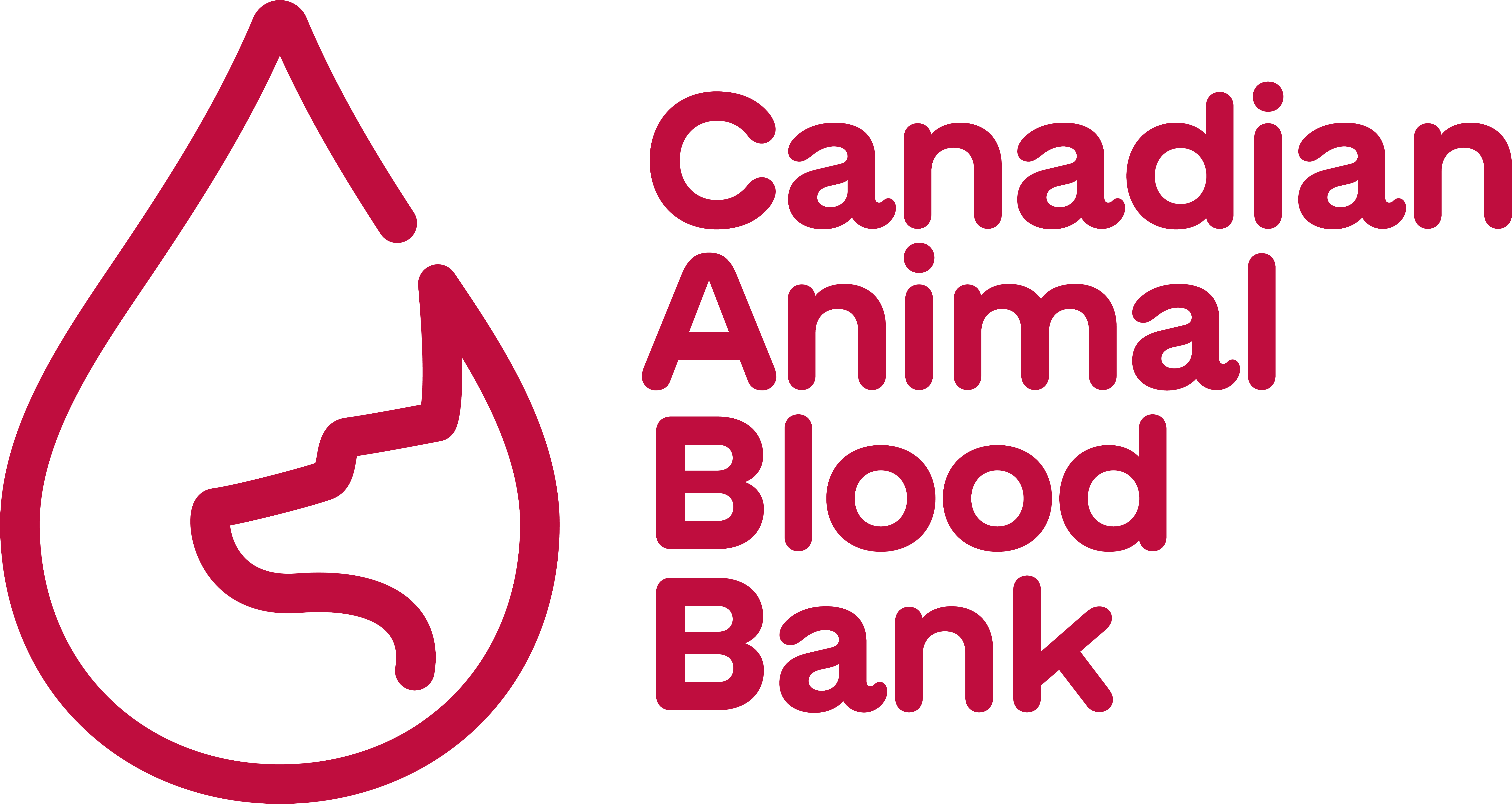
As with any medical decision-making process, the risk-benefit ratio of administering a blood transfusion should be evaluated. If the patient requires a blood transfusion as a life-saving endeavour or to substantially improve quality of life, then the risks have been outweighed by the benefit. However, the veterinary team should be aware of the potential transfusion-associated complications and reactions, when monitoring a patient during and post-transfusion.
There is a large range in incidence (3.3-28%) for transfusion reactions reported in the literature, as consensus definitions for accurate reporting have only recently been published. Transfusion adverse events are often classified based on whether the complication occurred due to factors external to the patient, or due to the patient’s immune response.
According to the recently published AVHTM Transfusion Reaction Small Animal Consensus Statement (TRACS), and International Society of Feline Medicine guidelines, immunologic transfusion reactions are caused by antigen-antibody interactions with the recipient’s (patient’s) immune system. These reactions include:
- Allergic: acute type I hypersensitivity reaction to an antigen within the product that occurs during or < 4 h post-transfusion. In dogs, signs include skin (erythema, pruritus, urticaria) and GI (vomiting/diarrhea), and possibly hemoabdomen. In cats, respiratory signs are typically seen (bronchoconstriction and excessive mucus).
- Delayed hemolytic: low titre of sensitized or natural antibodies that cause accelerated clearance of the red cells within 24 h – 28 days post transfusion, which cannot be explained by the primary disease process.
- Post-transfusion purpura: alloimmunization against platelet antigens that result in thrombocytopenia 5-12 days after administration of any platelet-containing blood product.
- Transfusion-associated dyspnea: acute hypoxemia with evidence of non-cardiogenic pulmonary edema on x-rays that occurs during or within 6 h of transfusion.
Non-immunologic transfusion reactions are caused by chemical or physical insult to the blood product, contamination, or excessive volume of administration. These include:
- Transfusion-transmitted infection: acute or delayed infection related to transfusion of a pathogen-containing blood product. Depending on the pathogen, this can occur between hours and years post-transfusion.
- Citrate toxicity: hypocalcemia (iCa < 0.8 mmol/L) that occurs within hours of transfusion, related to administration of large amounts of blood products.
- Hypotensive transfusion reaction (HyTR): development of hypotension during transfusion related to administration of vasodilatory stimulators that occurs within 15 min to < 1 h post-transfusion.
- Transfusion-associated circulatory overload (TACO): an increase in blood volume due to transfusion characterized by hydrostatic pulmonary edema occurring < 6 h of transfusion. These patients generally respond to diuretic therapy.
- Hyperammonemia: ammonia accumulates in blood products with storage time due to metabolism of cells. Patients with encephalopathy during or immediately after transfusion should have ammonia measured and liver function evaluated.
Depending on the circumstance, some transfusion-associated complications may be an immunologic reaction or related to non-immunologic causes, such as:
- Acute hemolytic transfusion reaction (AHTR): destruction of donor red cells that occurs during or < 24 h of transfusion.
- Immunologic: caused by type II hypersensitivity reaction (antigen-antibody) and accompanied by signs of shock.
- Non-immunologic: improper collection, storage, or administration of product resulting in clearance of cells.
- Febrile non-hemolytic transfusion reaction (FHNTR): body temperature > 39 degrees Celsius with an increase of > 1 degree Celsius from the pre-transfusion vitals, during or < 1 h after transfusion.
- Immunologic: donor white cell or platelet interactions, or transfer of pro-inflammatory chemicals. This is the most accepted type of FNHTR when other causes of fever have been excluded.
- Non-immunologic: underlying patient infection or external warming.
It is prudent to be aware of these possible transfusion-related adverse events and know that resources such as the Manual of Veterinary Transfusion Medicine and Blood Banking are also available for review. If a patient requires a blood transfusion, the risks can often be mitigated by appropriate pre-transfusion screening and close observation, and transfusion should not be withheld.
Written by Tiffany Jagodich, DVM, DVSc, Dipl. ACVECC who is a volunteer member of the Canadian Animal Blood Bank Education Advisory Committee and ICU Service Chief at Boundary Bay Veterinary Specialty Hospital.


